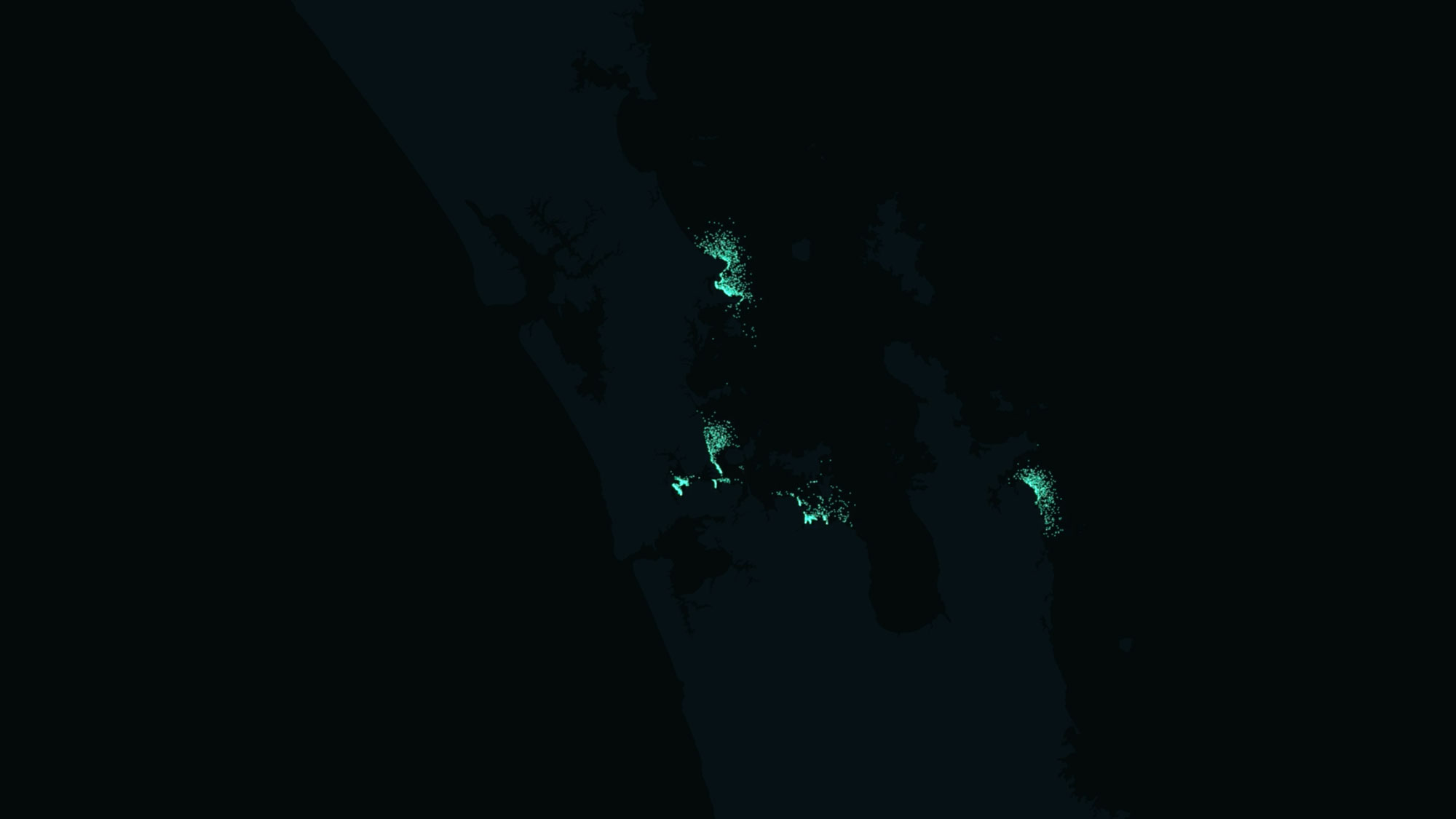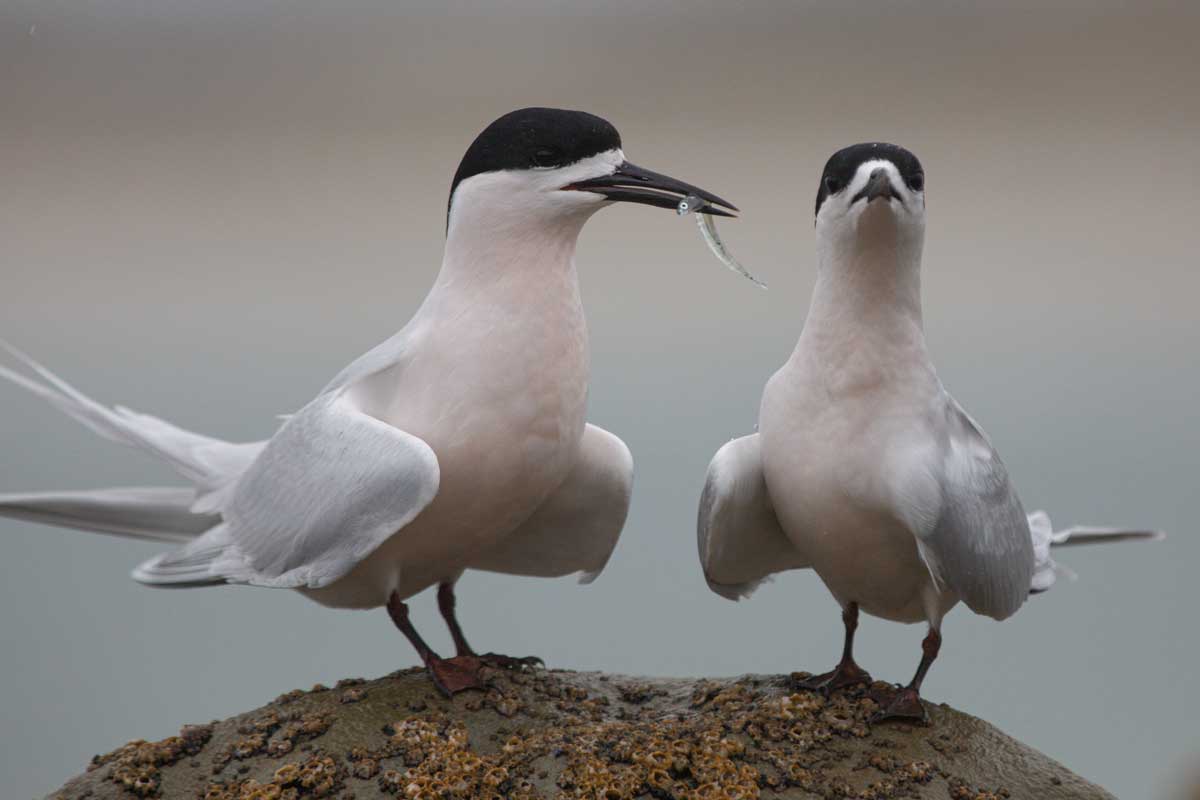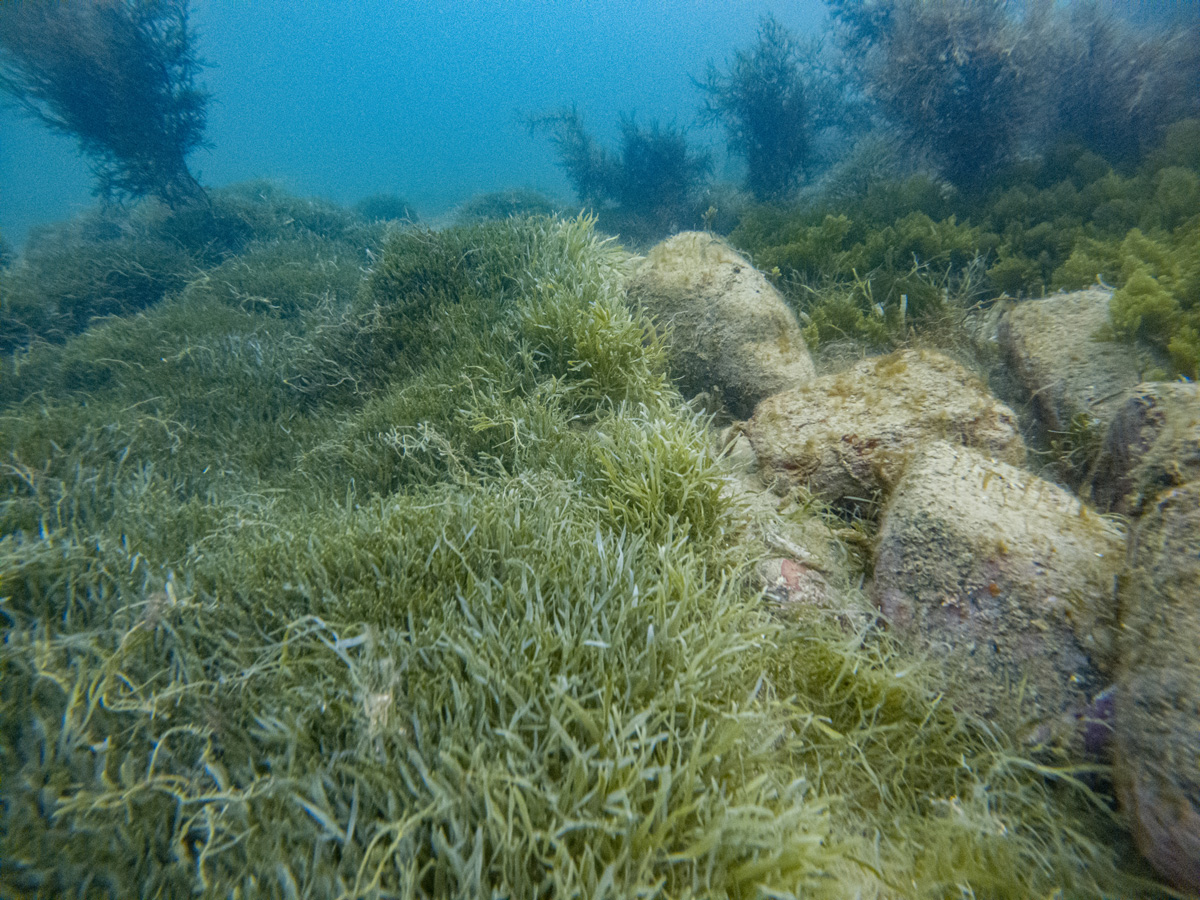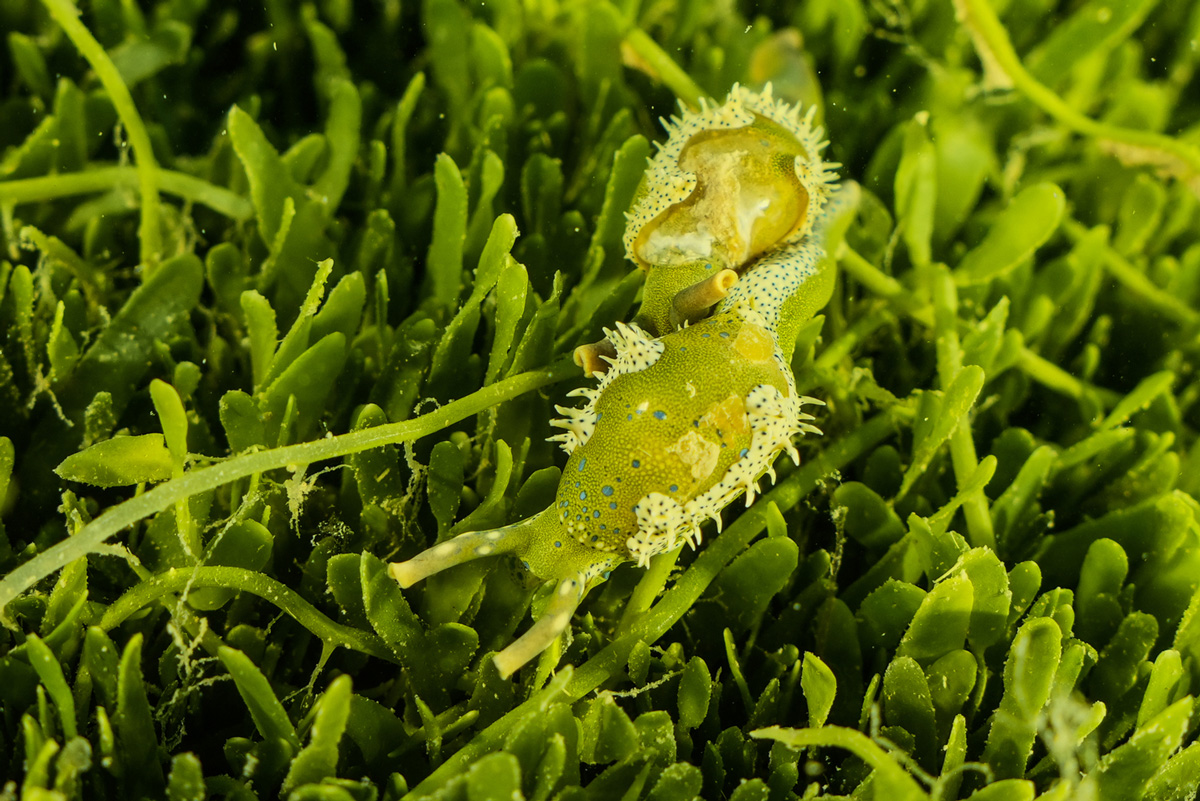I take a lot of photos of little critters, but my really expensive camera can’t show me the really, really small stuff. Nearly all life in the ocean starts off as microscopic larvae floating in currents. The movement of these larvae has been modelled in the Hauraki Gulf / Tīkapa Moana / Te Moananui-ā-Toi. It’s beautiful to watch, and I wish I could share the animations that I have seen with you. No matter where the larvae start off, they pulse north/south with tidal rhythms that make it look like the Gulf is breathing. Then, depending on the swell, wind direction and currents, they drift for 10’s of kilometres in all directions connecting east, west, north and south.
Here is an artistic visualisation of it:
I like to think about larvae because they are the seeds we need to restore the Gulf. The modelling work I have seen is for active restoration (Mussel Reef) and passive restoration (Marine Protection Area) projects. Additionally, Auckland University has also shown that larvae from commercial mussel farms have a part to play in restoration as larvae spill over to help restore wild mussel populations. The paper suggests an integrated network approach. Sadly our government rejected an integrated approach to Marine Spatial Planning when it took a selective approach to the Sea Change – Tai Timu Tai Pari marine spatial plan. There are no plans to try it again, and I don’t believe the existing plan has much of a budget, so in the meantime, all the stakeholders are trying to figure out how to restore the Gulf independently.
There are lots of different passive and active restoration projects. The Waiheke Marine Project is a hotbed of innovation, Revive Our Gulf is forging ahead with no financial backing from the central government, the Department of Conservation is working with iwi and the Noises Restoration Project to create High Protection Areas, iwi have various Rāhui around the Gulf, an iwi trust and a community group are applying for a marine reserve, and MPI is attempting to limit the bottom trawling footprint and creating a new fisheries management plan. So which one of these projects is the best way to make lots and lots of larvae?
I think that’s the wrong question to ask as they will all produce different larvae in different places for different periods of time. Each approach has pros and cons. To stop declines in the Gulf and start to restore our interconnected ecosystem, we will need every single project and more. We are not anywhere close to the Hauraki Gulf Forums 30% protection goal (Revitalising the Gulf gets us from 0.3% to 7% by late 2024) or their 1,000 km2 of restored shellfish beds. It’s natural to like your own solution to saving the Gulf the most. I’m putting a lot of volunteer and paid time into these projects because we need them all. To anybody with a new idea who thinks this is a crowded space, it’s not. We desperately need every effort; let’s make some larvae!





